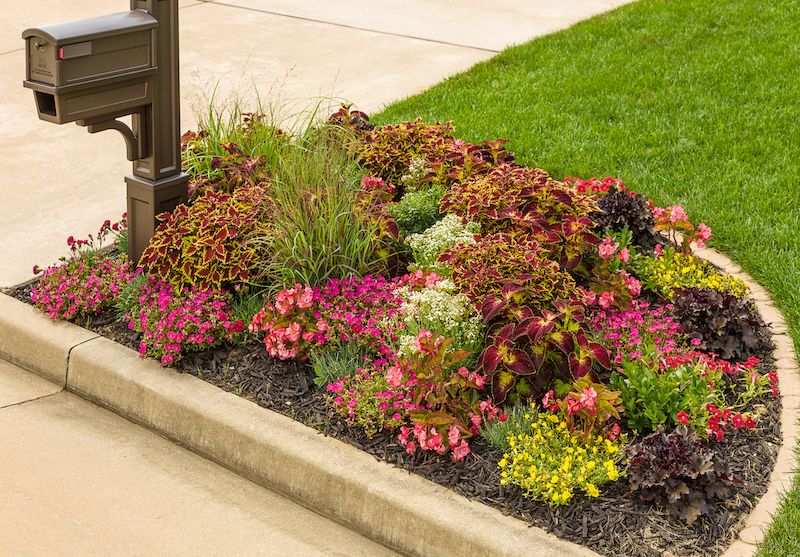Purslane is a trailing succulent that thrives in warmer climates. More formally known as Portulaca oleracea, this plant also goes by fatweed, pigweed, little hogweed, and pusley. Purslane is an annual that is easy to grow and makes a stunning impact in a bed, border, or container, thanks to its boldly hued flowers. Planting Purslane the correct way ensures healthy plants that look amazing.

What You Need To Plant Purslane
- Shovel
- Compost or manure
- Garden spade
- Good location
- Water source
- Mulch
Where to Plant Purslane
Purslane thrives in warm, sunny locations. Full sun is best, near a sidewalk or paved area to keep the plant warm and happy. Limited shade encourages more flowers, so a spot that receives morning sun and afternoon shade is an excellent choice. The soil should be dry and promote drainage. As a succulent, Purslane does not like damp conditions, so drainage is essential. This plant does not need rich soil and does well in low-quality soil. Purslane prefers sandy soil with a 5.5 - 7.5 pH.
Purslane Spacing
Purslane is a spreader that makes a lovely ground cover. Space plants 8-10 inches apart when grown in a bed or border or 10 inches from buildings and other plants. Leaving space ensures the reaching stems have plenty of room to spread out. Mature plants will grow 12-16 inches across, creating a dense planting.

Steps To Plant Purslane
The location is important when planting Purslane. This trailing plant needs bright sunlight, so choose a spot that receives adequate light. Dig a hole slightly larger than the root ball and place the plant in the hole, keeping the top of the root ball even with the ground. Add soil around the root ball and firmly press it into place. Apply a layer of mulch and water.
Step 1 - Pick out a good location
Step 2 - Dig the hole
Step 3 - Position the root ball even with the ground
Step 4 - Firmly fill in the dirt
Step 5 - Add mulch and water thoroughly
When to Plant Purslane
Plant Purslane in the spring in zones 10-11. This annual plant prefers warm temperatures, so wait until there is no longer a chance of chilly weather to plant. Early morning, when the weather is cool, is an excellent time to plant and give the plant time to acclimate before the afternoon sun heats up. Water newly planted Purslane right away.
Transplanting Purslane
As an annual, it is not generally necessary to move Purslane. However, if you must move the plant, use a shovel to loosen the soil and remove the entire root ball leaving as root structure intact as possible. Relocate the plant to a new area and water once re-planted. Purslane may self-seed, so keep the spent flowers in place, and you may be rewarded with new plants next spring.
 |
Author Alison Cotsonas - Published 04-19-2023 |
